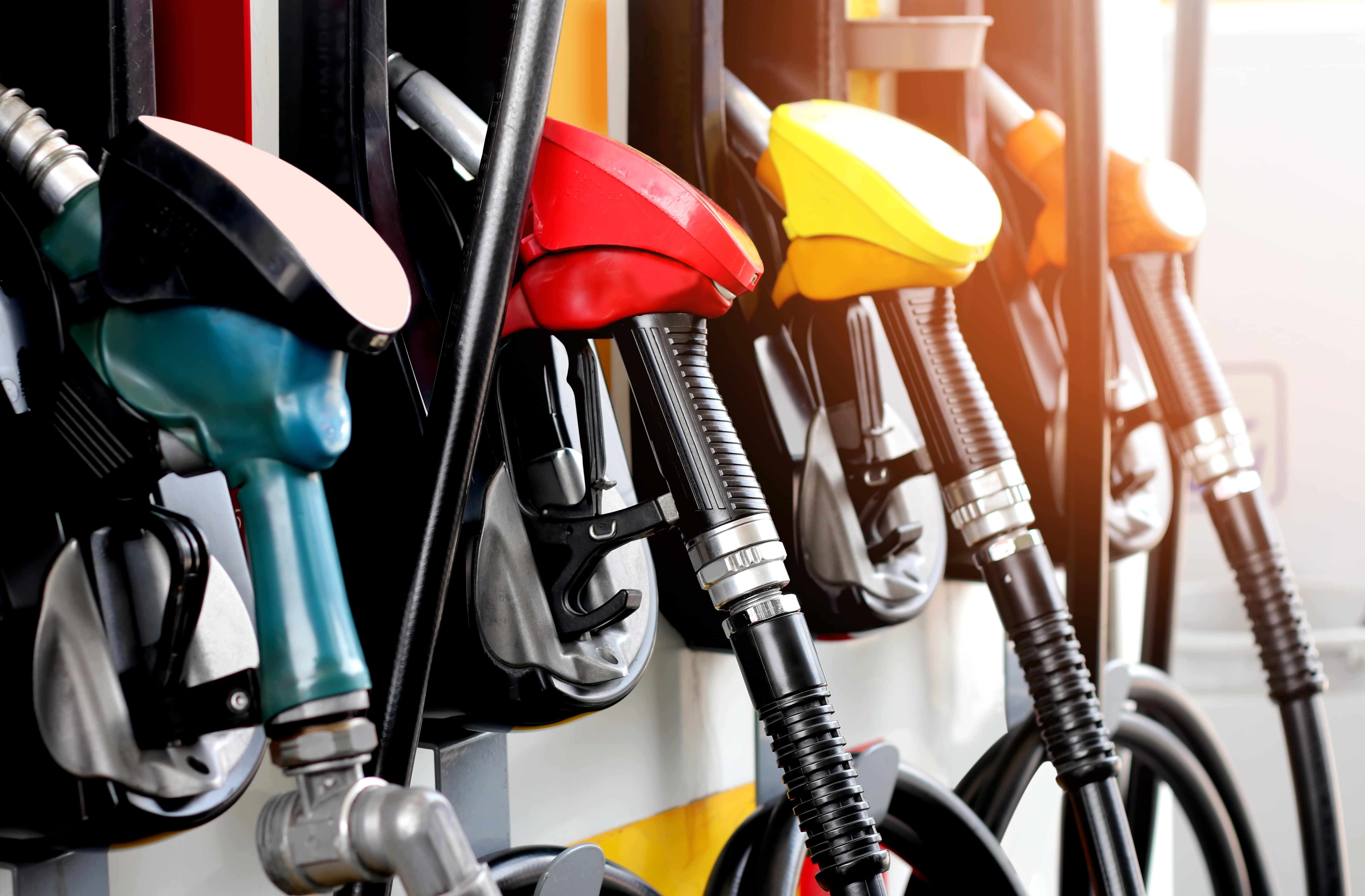
Guest
Советы по экономии топлива для водителей грузовиков
Создано: 16.08.2024
•
Обновлено: 10.10.2024
Экономия топлива - один из важнейших аспектов, влияющих на расходы транспортных компаний. Очень важно понимать, как повысить эффективность использования топлива, как в качестве менеджера, так и в качестве водителя. В компании SNAP мы стремимся оказывать профессиональную поддержку всем, кто занимается грузоперевозками, поэтому мы подготовили список советов, которые помогут повысить эффективность использования топлива в пути.
Почему экономия топлива так важна?
Чтобы полностью понять важность топливной экономичности бензина, стоит рассмотреть роль, которую играют расходы на топливо в бюджетах транспортных компаний. По разным данным, на стоимость топлива приходится от 25 до 35 % расходов операторов автопарков. Использование советов по экономии топлива может значительно сократить расходы, что позволит высвободить значительную часть бюджета для других инвестиций.
Еще один аспект того, почему стоит расходовать топливо, - это экология. Несмотря на то, что электромобили постепенно завоевывают рынок грузоперевозок, большинство автопарков по-прежнему состоит в основном из грузовиков, оснащенных обычными двигателями внутреннего сгорания. Поскольку на транспорт приходится пятая часть глобальных выбросов загрязняющих веществ, советы по экономии топлива могут помочь не только вам и вашей компании, но и планете в целом.
Советы по экономии топлива от SNAP для водителей в Великобритании и Европе
Чтобы помочь вам бороться с растущими расходами и сократить выбросы загрязняющих веществ, мы подготовили список советов по достижению оптимальной топливной эффективности автопарка. Они основаны на реальном опыте и рекомендациях надежных партнеров по отрасли - вы можете быть уверены, что выполнение наших советов существенно повлияет на экономию топлива.

1. Медленно и уверенно побеждайте в гонке
Несмотря на соблазнительное желание как можно быстрее добраться до места назначения, важно учитывать ограничения скорости при вождении. Нынешние ограничения действуют с 2015 года и устанавливают максимальную скорость на дорогах с одной и двумя проезжими частями 50 и 60 миль в час соответственно, а на автомагистралях - 70 миль в час. Важно отметить, что для автомобилей массой более 7,5 тонны (при расчете веса используется как масса автомобиля, так и масса груза) действуют более строгие ограничения скорости, включая 60 миль/ч на автомагистралях. Документально подтверждено, что стабильное вождение и соблюдение ограничений помогает экономить топливо, а также помогает избежать штрафов за превышение скорости и резко снижает риск ДТП.
2. Узнайте об экономии топлива
Чтобы полностью понять, как ваш стиль вождения влияет на транспортные расходы, вам необходимо знать о тонкостях экономии топлива. MPG - это наиболее распространенная единица, используемая для измерения расхода топлива автопарком. Расчет довольно прост, но единицы измерения могут запутать, поскольку большинство автозаправочных станций в Великобритании и Европе продают топливо в литрах. Один британский галлон равен 4,546 литра. Большинство современных автомобилей предоставляют статистику MPG на ходу, поэтому вы можете легко следить за расходом топлива во время движения.
3. Меньше тормозите и ездите в спокойном темпе
Спокойный стиль вождения может сотворить чудеса с топливной экономичностью грузовика. Используйте торможение двигателем везде, где это возможно, соблюдайте безопасную дистанцию между вами и другими автомобилями, а главное - используйте здравый смысл на дороге. Будьте внимательны и быстро определяйте ситуации, в которых вам может потребоваться снизить скорость, и регулируйте ее соответствующим образом, чтобы сохранить безопасность и одновременно снизить расход топлива.
4. По возможности ездите на повышенных передачах
Еще один аспект, который необходимо учитывать, это работа двигателя - более высокие передачи означают меньшее количество оборотов в минуту, что приводит к меньшей нагрузке на двигатель. Если только вы не едете вниз по склону или не понижаете передачу для обгона, старайтесь по возможности ехать на высшей передаче. Это один из самых важных приемов вождения для экономии топлива.

5. Заботьтесь о своем грузовике
Заботьтесь о своем автомобиле, и он будет заботиться о вас. Регулярно проводите техническое обслуживание автомобиля, следите за уровнем масла и давлением в шинах, а также контролируйте эффективность работы двигателя. Эти советы по экономии топлива помогут вам сэкономить много времени и отсрочить ремонт и другие работы по техническому обслуживанию. Часто упускаемый из виду аспект экономии топлива в автопарке - правильно накачанные шины, которые могут снизить расход топлива на 2 процента.
6. Планируйте маршрут и следите за состоянием дорог
Заблаговременное планирование маршрута поможет вам избежать неправильных поворотов и лишних километров в пути. Часто это делается автоматически с помощью вашего спутникового навигатора, но вам также необходимо быть в курсе возможных объездов и плохих дорожных условий, чтобы оптимизировать маршрут.
7. Не забывайте об аэродинамике
Что часто упускают из виду, давая советы по экономии топлива, так это влияние сопротивления воздуха на расход топлива. На высоких скоростях даже открытые окна могут негативно сказаться на экономии бензина. Аэродинамические потери могут увеличить расход топлива на 20 % - этот момент обязательно стоит учитывать при вождении.
8. Используйте самые экономичные грузовики
Этот совет больше адресован руководителям автопарков, но и водителю не помешает помнить об этом. Хотя трудно выделить один самый экономичный грузовик, на рынке нет недостатка в топливоэффективных грузовиках - особенно среди новых моделей. Грузовики с хорошим показателем MPG являются жизненно важным активом для любой транспортной компании. Хотя в некоторых случаях первоначальная стоимость грузовиков с лучшим MPG может быть выше, чем у альтернативных вариантов, потребляющих больше топлива, экономия становится очевидной в течение более длительного периода времени.
9. Выключайте двигатель на холостом ходу
Особенно когда вы съезжаете с автострады и добираетесь до конечного пункта назначения, который может находиться в городе, вы часто можете оказаться в ситуации, когда вы останавливаетесь в пробке, даже на длительное время. В таких случаях стоит выключить двигатель на некоторое время. Даже самые экономичные грузовики все равно выигрывают от этого - одновременно снижаются выбросы и уровень шума.
10. Используйте проверенные решения для помощи в дороге
Поиск места для парковки или заправки бензобака может добавить много ненужных миль к вашему маршруту. Чтобы ускорить этот процесс, вы можете использовать программное обеспечение TMS (Transport Management System) - платформа SNAP доступна как для операторов автопарков, так и для водителей. Доступные функции включают модуль SNAP Parking, который позволяет находить стоянки для грузовиков (https://snapacc.com/map/) и автобазы - это экономит ваше время и топливо.

Подведем итоги: ездите стабильно, учитывайте аэродинамику, используйте подходящий автомобиль и пользуйтесь функциями SNAP-аккаунта.
Как добиться оптимальной топливной экономичности автомобиля? Существует множество способов снизить расход топлива - от спокойного и уверенного стиля вождения, использования наиболее экономичных грузовиков, заботы об аэродинамике и техническом обслуживании грузовиков. Вы также можете добиться отличных результатов, используя функции, доступные на платформе SNAP Account, такие как SNAP Fuel и SNAP Parking.
В настоящее время наши решения помогают более чем 185 000 водителей по всей Европе и более чем 8500 автопаркам экономить на топливе. Затраты на топливо могут составлять 25-35 % расходов транспортной компании - помимо экономических преимуществ, экономия бензина также важна для планеты, поскольку помогает сократить выбросы.



